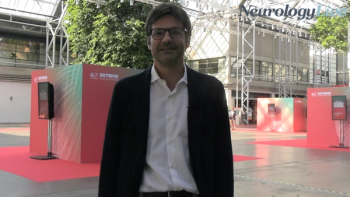
The professor of neurology at University of Florence talked about how early intervention, broader assessment tools, and personalized approaches are essential for effectively managing multiple sclerosis. [WATCH TIME: 4 minutes]

The professor of neurology at University of Florence talked about how early intervention, broader assessment tools, and personalized approaches are essential for effectively managing multiple sclerosis. [WATCH TIME: 4 minutes]
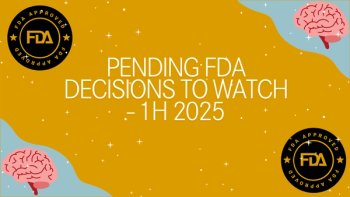
Take a look at some of the most-anticipated FDA pending approvals expected in 2025 that researchers and clinicians in neurology should keep an eye out on.

The professor of neurology at NYU Grossman School of Medicine talked about using responsive neurostimulators to seek shortened drug evaluation timelines and enhance epilepsy treatment.

The study highlighted tofersen's potential to slow ALS progression in patients with SOD1 mutations, showing reduced neurofilament levels, functional stabilization, and improved muscle strength, despite mild to moderate adverse events.
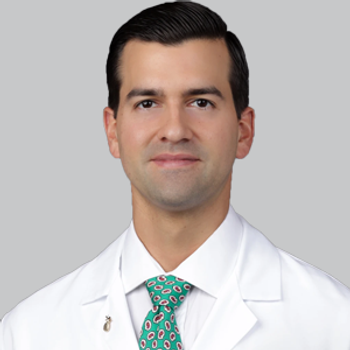
Robert Rothrock, MD, a spinal neurosurgeon at Baptist Health Miami Neuroscience Institute, provided commentary on key topics in spine health amid the 2025 Baptist Health Spine Symposium.
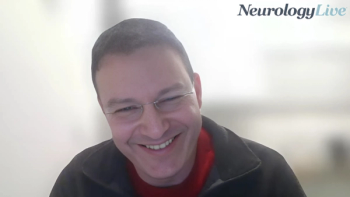
The assistant professor at The Hebrew University of Jerusalem School of Pharmacy discussed how the brain microbiome may contribute to Alzheimer through interactions with immune responses and proteins. [WATCH TIME: 5 minutes]
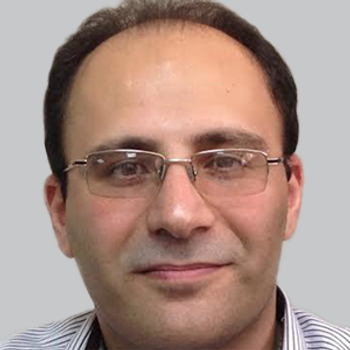
A 51-year-old patient with neuromyelitis optica spectrum disorder and hemorrhagic longitudinally extensive transverse myelitis presented a challenging case.
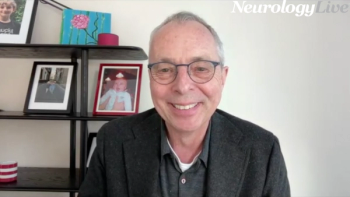
The professor and chair of the Department of Molecular Pathobiology at NYU College of Dentistry discussed how a recently published preclinical study adds to the understanding of neuropilin-1 in chronic pain. [WATCH TIME: 3 minutes]

These findings underscore the potential of advanced imaging technologies to detect subtle gray matter differences, aiding in the accurate differentiation between MS and NMOSD.
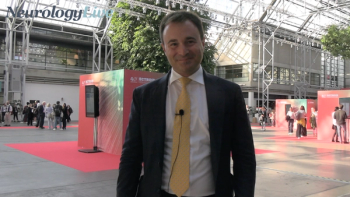
At ECTRIMS 2024, the assistant professor at the University of Naples the latest multiple sclerosis diagnostic criteria, which emphasized a shift toward biologically based diagnoses. [WATCH TIME: 4 minutes]

A new study highlighted the importance of initiating immunotherapy promptly in chronic inflammatory demyelinating polyneuropathy to prevent axonal damage and disability progression.
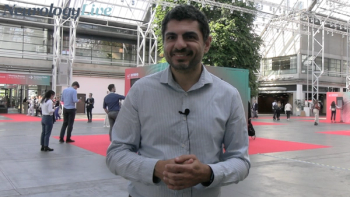
At the 2024 ECTRIMS Congress, the neurologist at the University Hospital Center of Nice talked about how the decision to treat patients at risk of MS is highly individualized. [WATCH TIME: 3 minutes]

Here's some of what is coming soon to NeurologyLive® this week.

A study highlighted corneal confocal microscopy as a promising noninvasive tool for tracking sensory nerve damage in chronic inflammatory demyelinating polyradiculoneuropathy.
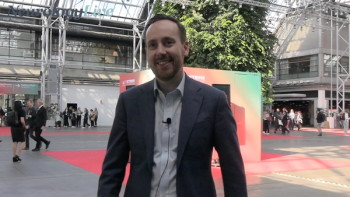
At ECTRIMS 2024, the consultant neurologist at Queen's Square MS Center in London talked about the evolving McDonald criteria to define multiple sclerosis biologically. [WATCH TIME: 5 minutes]

Test your neurology knowledge with NeurologyLive®'s weekly quiz series, featuring questions on a variety of clinical and historical neurology topics. This week's topic is on tuberous sclerosis complex (TSC).

A new study suggests particulate matter exposure exacerbated the severity of multiple sclerosis and neuromyelitis optica spectrum disorder, with significant clinical and radiological impacts.

Nipocalimab’s biologics license application is supported by the phase 3 Vivacity-MG3 trial, in which the agent demonstrated superiority over placebo plus standard-of-care over a 24-week period.
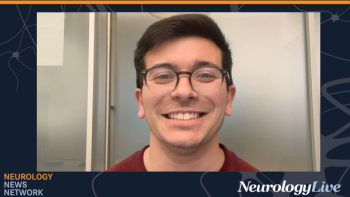
Neurology News Network. for the week ending January 18, 2025. [WATCH TIME: 4 minutes]

Take 5 minutes to catch up on NeurologyLive®'s highlights from the week ending January 17, 2024.
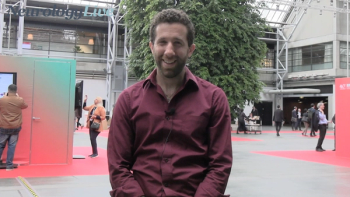
At ECTRIMS 2024, the postdoctoral researcher at Amsterdam University Medical Center talked about an evolving tool developed to predict disease progression in multiple sclerosis. [WATCH TIME: 7 minutes]

Early treatment of CIDP, within 1-year of onset, is associated with better long-term outcomes, highlighting key prognostic factors and treatment timing.
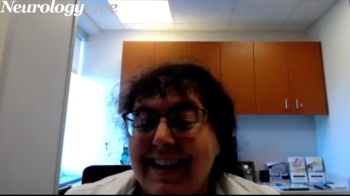
The neurologist and sleep disorder specialist at Allegheny Health Network discussed the challenges with preventing narcolepsy and the strategies patients can take to improve their overall prognosis. [WATCH TIME: 4 minutes]

Neuromyelitis optica spectrum disorder (NMOSD) is a rare autoimmune CNS condition with distinct subtypes—AQP4-IgG positive, MOGAD, and double-negative—each requiring tailored diagnostic and treatment approaches.

The company announced the completion of its phase 2 study assessing SPG601 in adult men with FXS, with topline findings expected to be reported by end of the first quarter in 2025.
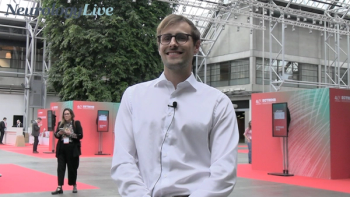
The neurology resident at the University Hospital Frankfurt in Germany talked about the importance of initiating treatment early for patients with multiple sclerosis to improve long-term outcomes. [WATCH TIME: 6 minutes]
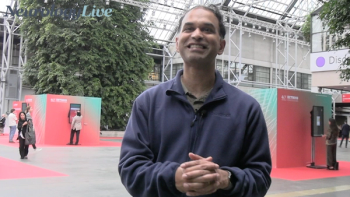
The associate professor of neurology at Harvard Medical School talked about reconsidering therapy switches for NMOSD, incorporating safety failures like recurrent infections, and prioritizing real-world studies to validate findings. [WATCH TIME: 5 minutes]

Patients who started therapy immediately after the initial attack had a relapse risk of just 11% at 2 years and 20% at 6 and 8 years, compared to much higher rates (41% at 2 years, 56% at 8 years) in those who delayed therapy until a second attack.

According to the median number needed to treat across the 3 analyses, an additional 8-11 individuals would need to be treated with rimegepant 75 mg to result in a comparable responder rate of at least 50% to atogepant 60 mg at week 12.
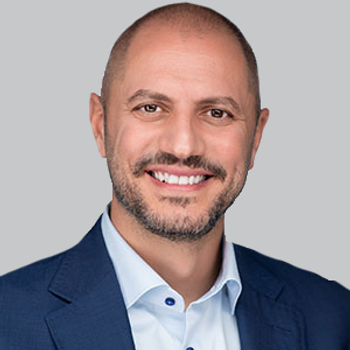
Adaptive DBS dynamically adjusts stimulation based on patient brain activity, improving therapy customization and motor symptom management in real-time.